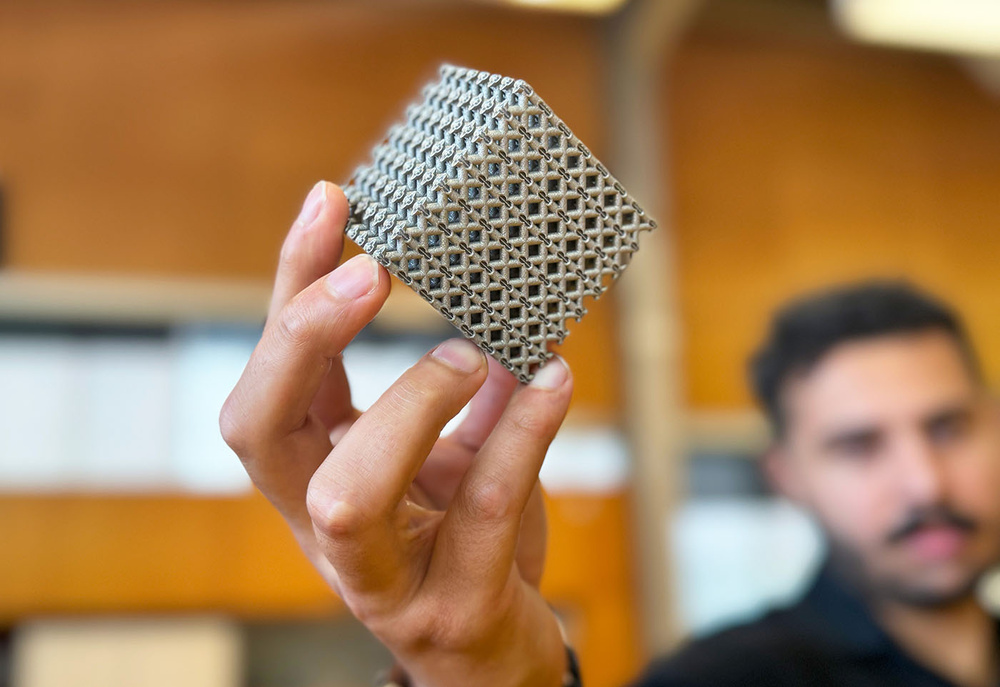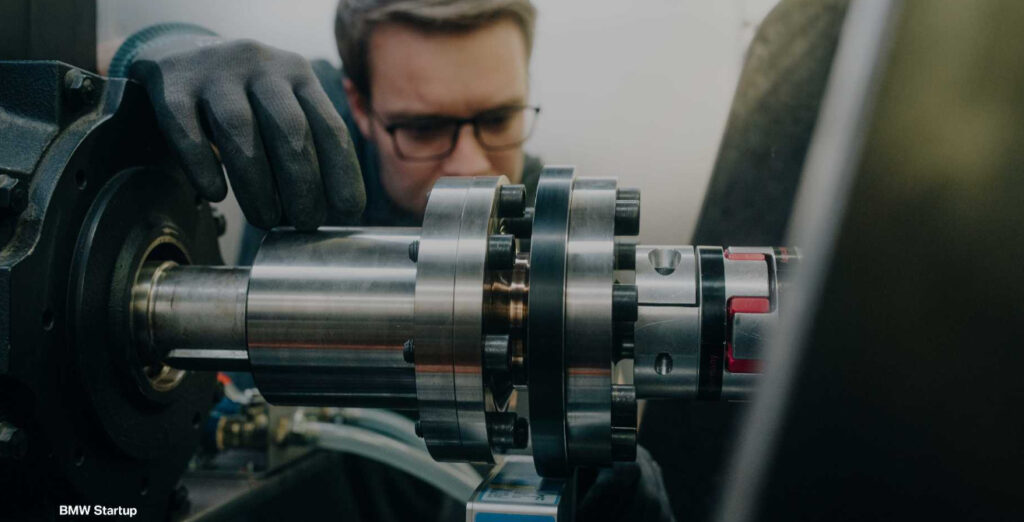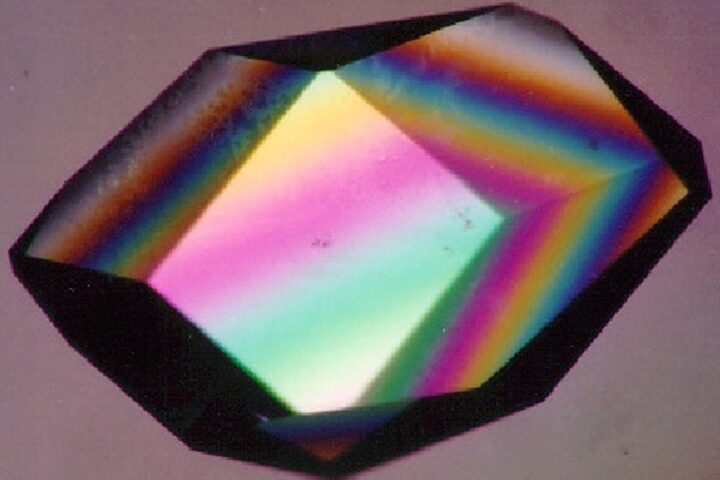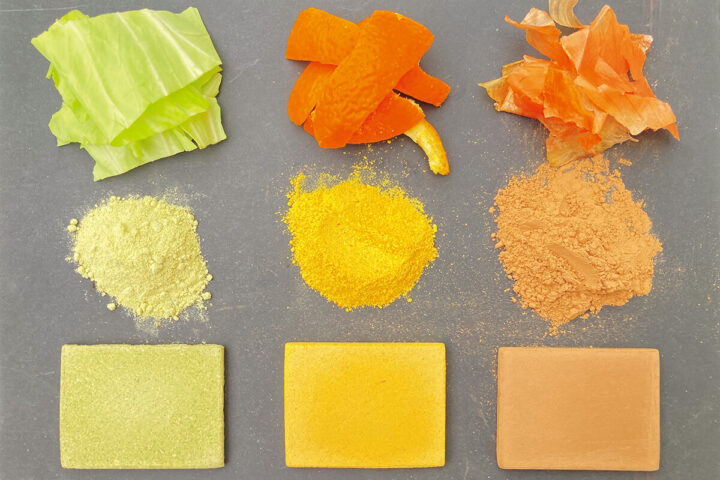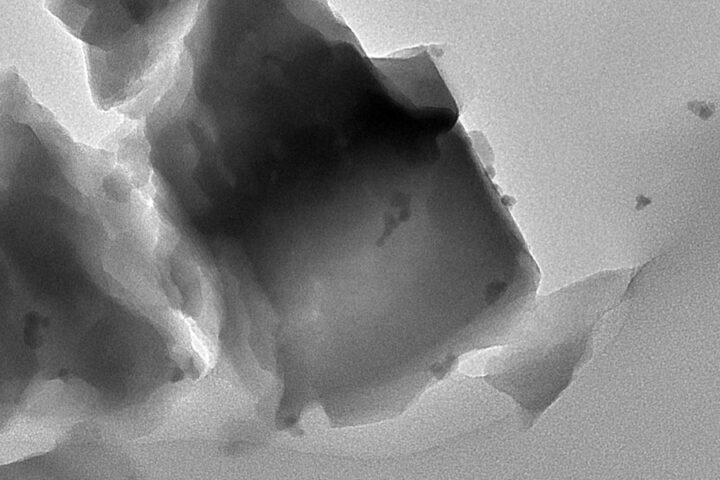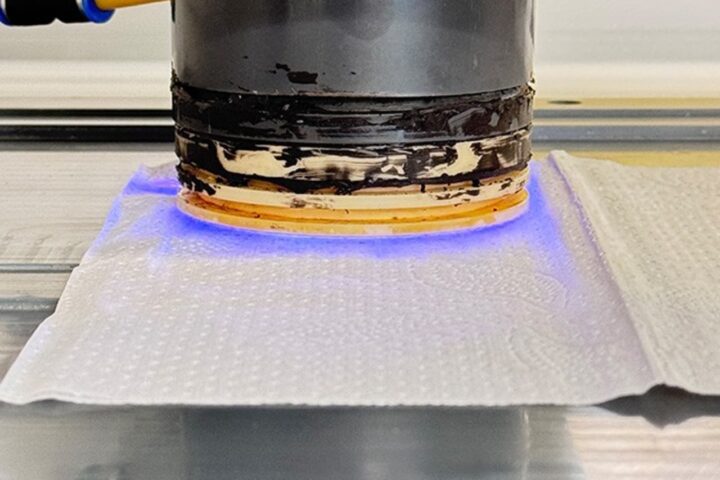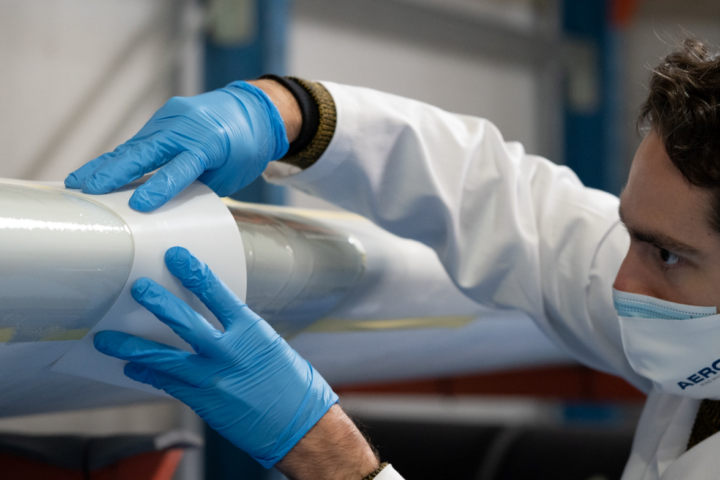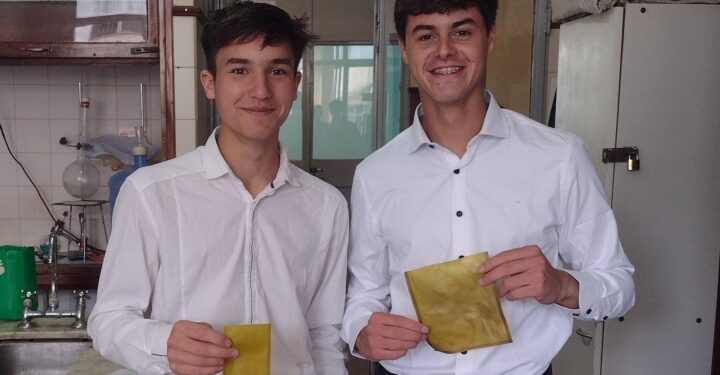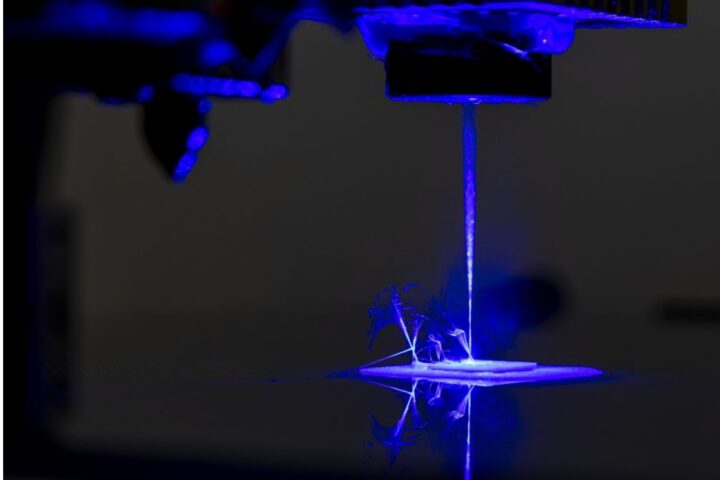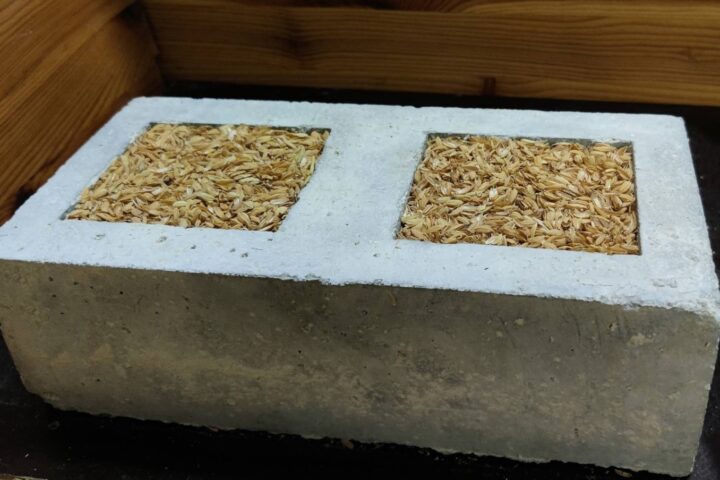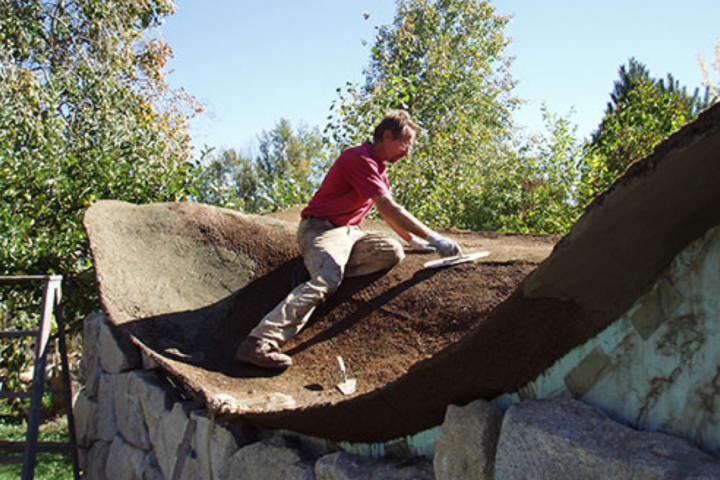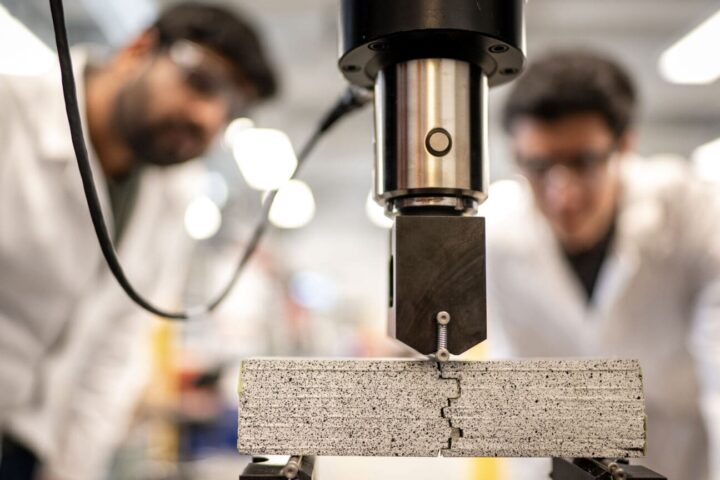Experiments conducted by RMIT University in Australia have had fruitful results generating metamaterial (artificial material) from utilizing a familiar common titanium alloy called Ti-6AI-4V. This revealed a lattice structure (repeating a three-dimensional pattern of atoms in a crystal) possessing an outstanding strength-to-weight ratio. This change innovatively adds the metamaterial manufacturing process to go through laser beam powder bed fusion, also known as (PBF-LB), holding tremendous potential in applications varying from medical implants to aircraft and rocket parts.
Metamaterials’ existence engineered by artificial means is necessitated by their unique properties being unavailable in nature. For this reason, metamaterials developed by RMIT are attributed to the notable hollow-strut lattice (HSL) form, motivated by strong, hollow-stemmed structures compared to Victoria water lily and organ pipe coral. Such lattice structures include interconnected struts, plates, sheets, or shells with cavity or pore sizes varying in submillimeter to millimeter scale, combining lightness and strength.
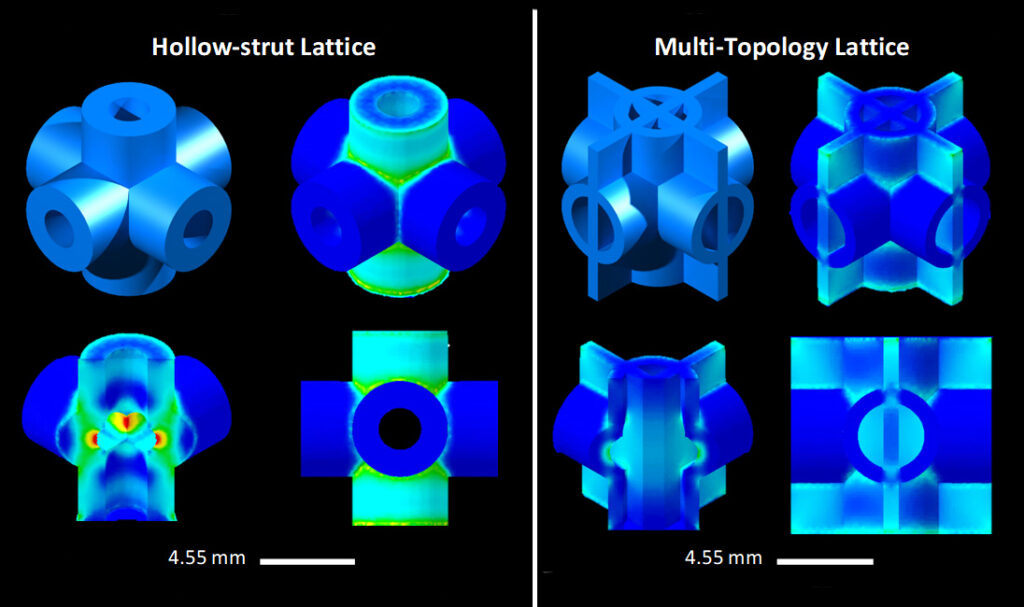
Nonetheless, prior endeavors for duplicating these cellular structures of metals resulted in challenges to manufacturability and load stress concentration in interior zones of the hollow struts, ushering in early failures. “Ideally, the stress in all complex cellular materials should be evenly spread,” described RMIT‘s esteemed Professor Ma Qian. “However, for most topologies, it is common for less than half of the material to mainly bear the compressive load, while the larger volume of material is structurally insignificant.”
Overcoming these challenges through RMIT team efforts in optimizing for the new type of lattice structure. The evenly distributing stress is made possible by extremely enhancing its strength and structural efficiency. Also, the hollow tubular lattice structure they designed retains a slim band operating inside it, which, jointly, offers a level of strength and lightness unexperienced ever in nature. By effectively connecting two complementary lattice structures, avoiding weak points by design where pressure typically concentrates.
Compression testing exposed titanium lattice cubes as 50% stronger in nature compared to magnesium alloy WE54, officially the strongest alloy of similar density utilized in the aerospace category. Consequently, the dual lattice design additionally improves the structure’s toughness by deflecting cracks along the structure, rather than permitting them to propagate directly through.
Similar Posts
Study leading author and RMIT PhD candidate Jordan Noronha highlighted the versatility of this metamaterial. Manufactured at measurements ranging from millimeters to meters using various sorts of AM machines. Manufacturability, merged with the material’s strength, biocompatibility, corrosion resistance, and heat resistance up to 350°C, makes it a promising contender for diverse applications, including bone implants and aerospace components.
In the future ahead, the RMIT team’s objective seems to be to refine the material for maximum efficiency and investigate its usefulness in higher-temperature conditions, potentially enhancing its heat resistance up to 600°C by utilizing more heat-resistant titanium alloys. Extending its applications could result in zones such as aerospace or firefighting drones.
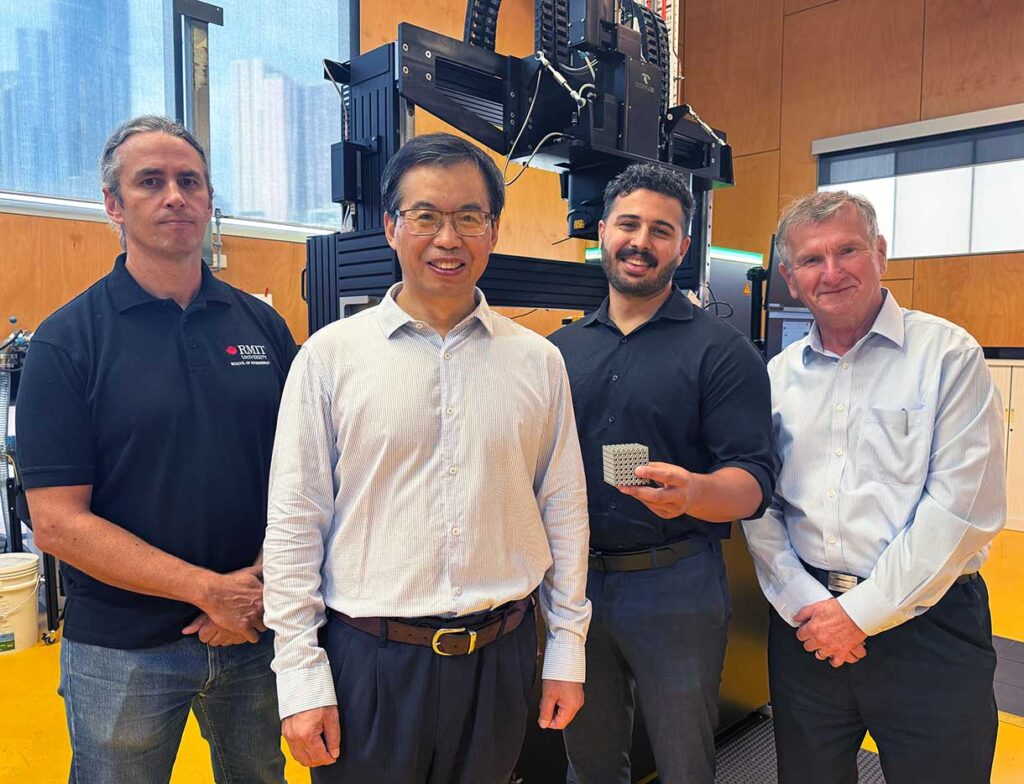
Accordingly, the promise of technology such as this, conveying overall adoption worldwide of these complicated metal metamaterials is currently confined to those with advanced manufacturing equipment like laser powder bed fusion machines. “Traditional manufacturing processes are not practical for the fabrication of these intricate metal metamaterials, and not everyone has a laser powder bed fusion machine in their warehouse,” remarked Noronha. Thus, as the technology evolves to be more accessible, the printing method existence is predicted to become quicker, enabling a larger audience to execute these high-strength multi-topology metamaterials in their components.
RMIT research team, including Professor Martin Leary, Professor Milan Brandt, and Professor Ma Qian, along with Noronha, are hopeful regarding a brighter future possibility of the technology. Research findings are published in the journal Advanced Materials under the title “Titanium Multi-Topology Metamaterials with Exceptional Strength.” The team’s optimism continues to welcome collaboration opportunities with organizations curious to explore the many conceivable applications of this breakthrough material.
